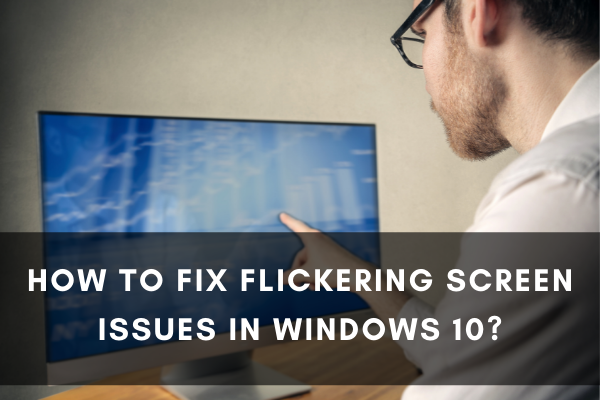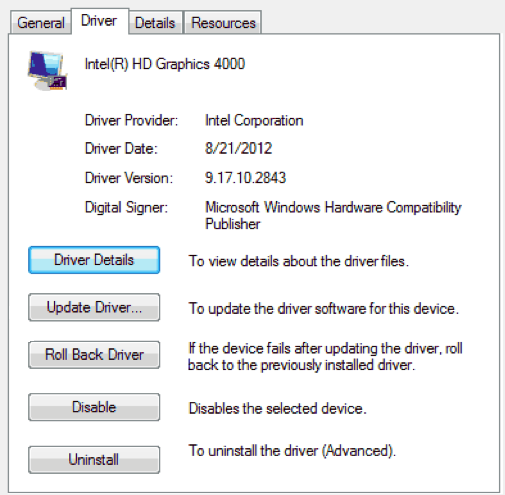The flickering screen issue of Windows 10 is not a major problem but it can be annoying. While the problem itself is not a serious one, it can be very irritating to have your screen flicker every few seconds or minutes. There are several steps you can take to fix flickering screen issues in Windows 10 and this article will help you get this problem solved.

Windows 10 has come to make our technological life better, and we are grateful for it. However, as the saying goes, everything that has an advantage also has its disadvantages. Although flickering screens are not limited to Windows 10 alone, it happens to be a common cause of concern to several Windows users.
If you searched out this article, you probably already know what a flickering screen is, but just in case you are not sure, a flickering screen means an unsteady screen light. This issue is more common with phone users and can be very annoying. Those with eye issues might find it more disturbing than others.
What are the Possible Causes?
Before diving into the different methods on how to fix screen issues in Windows 10, it is important that you know about the possible causes first. Here are some of the common reasons for flickering screens on Windows 10:
- Display incompatibility
- Damaged or loose wire connection
- Outdated PC drivers
- App incompatibility
What are the Solutions?
Here are the different solutions on how to fix flickering screen issues in Windows 10:
Option #1: Update Drivers
Having discovered that your display driver may be the reason for your unsteady screen, you might want to update it. To do this, you have to set your device in a safe mode. Then go ahead to uninstall the current display driver. Check for recent driver updates.
Here is a more detailed guide to accomplishing this;
- Set your device in a safe mode and right-click on start. Then select device manager.
- You might want to expand the section for display adapters and right-click on the listed adapter. Uninstall the device and delete the display driver software for device. After this, click on uninstall and restart your device.
- When your device is back, click on the Windows logo and “I.” this will open your settings. But if it does not work, then you should open the settings through the Start icon.
- next, click on Update and Security, then Windows update, followed by check for updates.
Option #2: Rollback display driver
If updating your display driver did not stop your screen from flickering, then you might want to try out these other alternative method:
- Type out device manager in your search box and then select it.
- Click on the display adapter.
- Under this, right-click the adapter you are using and then go to the properties.
- Choose the driver tab and select roll back driver. Choose yes.
- Restart the device.

Take note that to accomplish this method, you should have administrative privileges. This will give you access to uninstall or roll back display drivers using the device manager.
However, If there is no option of rollback driver, it means there is no previous display driver to roll back to, and you will be unable to finish up the process.
Option #3: Uninstall Display Driver
For this method, you will first have to select the device manager then select display adapters. Under this, right-click on your adapter and choose properties. Then select delete the driver software for this device. Then click, ok. Restart and reinstall your driver next.
Final Words
We hope that one of these methods works for you and your flickering screen issue becomes a thing of the past. If none of these works for you, then you might consider seeing a computer screen repair expert especially if the issues started after your computer fell. This is because aside from display drivers, sometimes a fall may be the cause for flickering Windows 10 screens.
Summary: Fix flickering screen issues in Windows 10
- Update your display driver.
- Set the correct screen refresh rate.
- Disable full-screen optimizations.
- Scan for hardware changes.
- Roll back the display driver.
- Disable Windows Update Delivery Optimization.